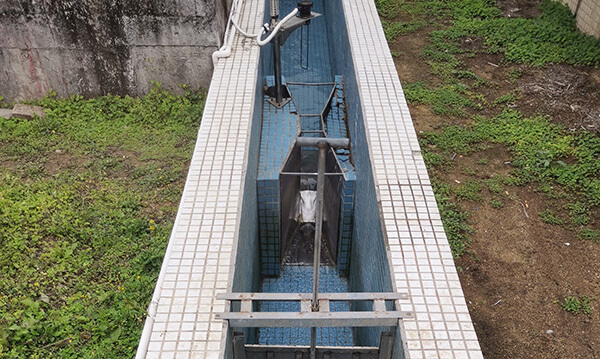What are the environmental impacts of aerobic processes in wastewater treatment?
As a core step in the wastewater treatment process, aerobic treatment not only helps effectively remove pollutants but also has a multifaceted positive impact on the natural environment. The following discusses the environmental benefits of aerobic processes from several perspectives.
1. Effective Improvement of Water Quality
Decomposition and Transformation of Organic Pollutants
Under aerobic conditions, microorganisms break down organic pollutants in wastewater into stable products such as water and carbon dioxide through aerobic respiration. This biochemical reaction significantly reduces the organic matter content, resulting in clearer and more transparent treated water.
Nutrient Reduction
Wastewater often contains nutrients such as nitrogen and phosphorus. Direct discharge into water bodies can easily cause algal blooms and eutrophication. Aerobic treatment can significantly reduce nitrogen and phosphorus content through microbial uptake and transformation, thereby reducing the risk of eutrophication in natural water bodies.
Reduction of Pollutant Indices
By effectively decomposing organic matter, aerobic systems can significantly reduce key pollution indicators such as BOD (biological oxygen demand) and COD (chemical oxygen demand), indirectly improving the overall quality of discharged water.
II. Pollution Control and Environmental Protection
Mitigate the Impact of Greenhouse Gases
Compared to anaerobic treatment, aerobic treatment primarily produces water and carbon dioxide, without releasing large amounts of potent greenhouse gases like methane. This results in a relatively smaller impact on climate change and is more environmentally friendly.
Sludge Production Control
In aerobic systems, microorganisms decompose organic matter more thoroughly, resulting in lower volumes of excess sludge. This reduces the burden on downstream sludge treatment, lowers operating costs, and reduces the environmental burden.

III. Promote Resource Recycling and Reuse
Sludge Resource Utilization Potential
Aerobic sludge offers increased stability and minimizes pollution risks. It can be used for agricultural fertilization or soil improvement, achieving waste resource utilization.
Optimize Energy and Operational Efficiency
Due to its high reaction efficiency, aerobic treatment typically shortens the treatment cycle, thereby reducing energy consumption and improving the economic efficiency and sustainability of system operations.
IV. Positive Impact on the Ecological Environment
Contributes to the Restoration of Aquatic Ecosystems
Aerobic treatment effectively removes toxic substances and excess nutrients, promoting the normal growth of aquatic life such as fish and plants, and restoring and maintaining ecological diversity.
Maintaining Ecological Balance
By controlling pollutant emissions and reducing secondary pollution sources, aerobic processes lay the foundation for long-term ecological stability and a virtuous cycle, possessing significant ecological conservation value.
